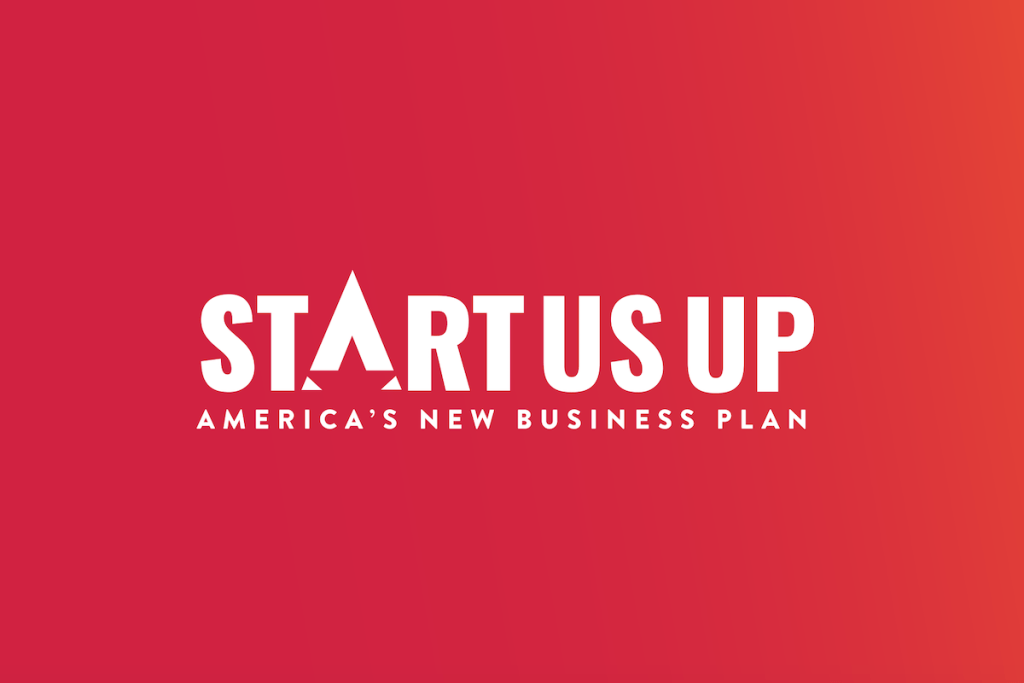By Philip Gaskin
Vice President of Entrepreneurship, Kauffman Foundation
Entrepreneurship is key to inclusively rebuilding American infrastructure, but half of our nation’s potential entrepreneurs are sitting on the sidelines. We don’t have the luxury of ignoring any of the resources at our disposal in this competitive global economy. Women and racial minorities represent the last, great untapped asset class in America today.
As the President said in his State of the Union, America needs a new economic vision: to grow the economy from the bottom up and the middle out, not the top down. At the Kauffman Foundation, we believe that this approach begins with a prepared workforce and entrepreneur-focused economic development.
Helping more underserved entrepreneurs – regardless of race, gender, or geography – access the resources they need to start and grow their businesses will allow our economy to fire on all cylinders. These entrepreneurs are the backbone of our communities – providing jobs and generating value for our cities and towns. However, as the President mentioned, there needs to be a level playing field so that there’s fair competition and more people can have the chance to succeed. I’ve seen the potential and the barriers firsthand.
My father was a dark-skinned Black man who for years was unable to get the loan needed to open a convenience store in South Central Los Angeles. He didn’t know about redlining. He didn’t know that banks literally drew lines on a map between those they’d lend to, and those they wouldn’t. Finally, after hearing “no” dozens of times, he finally heard “yes.” A new Black-owned bank saw him as worthy and gave him a loan. I remember how elated he was. He said, “someone finally trusted me.” My dad wasn’t just a good entrepreneur, he helped build a community. For 20 years, he created jobs while giving back to the neighborhood.
I recently testified to the House Financial Services Subcommittee on Diversity and Inclusion about ways to reduce barriers for women and minority-owned businesses and how these populations can contribute to the advancement of America’s infrastructure. Untapping this great American resource—our people—is something for which I see strong bipartisan support, but will require we address the capital access gap for underserved businesses who stand ready to meet the moment. We all must champion the help of locally trusted organizations, smaller, non-traditional lending partners, and institutions grounded in the historical and cultural implications of a community, including Minority Depository Institutions (MDIs) and Community Development Financial Institutions (CDFIs).
Unfortunately, structural barriers that kept men like my father from starting a business still plague this country today. To change conditions for entrepreneurs, we need to change the systems in which they operate. We know that 83 percent of entrepreneurs do not access bank loans or venture capital at the time of startup. Black-owned businesses are still twice as likely to be rejected for loans, start with three times less in overall capital, and four-in-ten entrepreneurs of color are “too discouraged” to even try for a loan for fear that they won’t get it. Fifty-five percent of the U.S. population is female, but women are still 60 percent less likely to secure funding than men when pitching the same business. Even more alarming, of the $69.1 trillion in global assets under the four major asset classes—mutual funds, hedge funds, real estate, and private equity—less than 1.3 percent is invested in firms owned by women, Black Americans, and other people of color. These stats should stop policymakers and elected officials in their tracks.
Funds within the infrastructure package provide a unique, generational opportunity to bring capital funding to entrepreneurs that have not historically been served through traditional and federal lending institutions. This population of businesses is least likely to have access low-interest Small Business Association (SBA) loans given their strict underwriting and eligibility requirements that include personal credit history, payment history, and collateral. My father faced the realities of redlining forty years ago, and today that practice of holding back capital to borrowers from certain zip codes still exists. Traditionally, redlined neighborhoods received 17 percent fewer Paycheck Protection Program (PPP) loans than their proportionate share of small business ownership. Even a massive injection of capital from the federal government had an inequitable impact on access to capital for small businesses.
At Kauffman, we know the four keys to success: equitable access to opportunity, funding, knowledge, and support. These are the pillars of our America’s New Business Plan, a research-vetted policy platform. In our own work, innovative capital solutions like the Capital Access Lab, a pilot designed to provide capital to new investment models that do not resemble traditional venture capital or lending, are proven models to examine for replication. To date, our $3 million investment into six funds has catalyzed other investments totaling $177 million and have deployed more than $25 million in funding to entrepreneurs at 40 companies.
America cannot afford to waste the energy and ideas of even one entrepreneur, let alone half of its population. If we can find ways to support underserved entrepreneurs – including those who don’t yet realize entrepreneurship is accessible to them – our country will be more profitable, competitive, and equitable. I hope that Congress takes the spirit of the President’s address and implements policies that put our small and new businesses first. The economic prosperity of our country depends on it.

